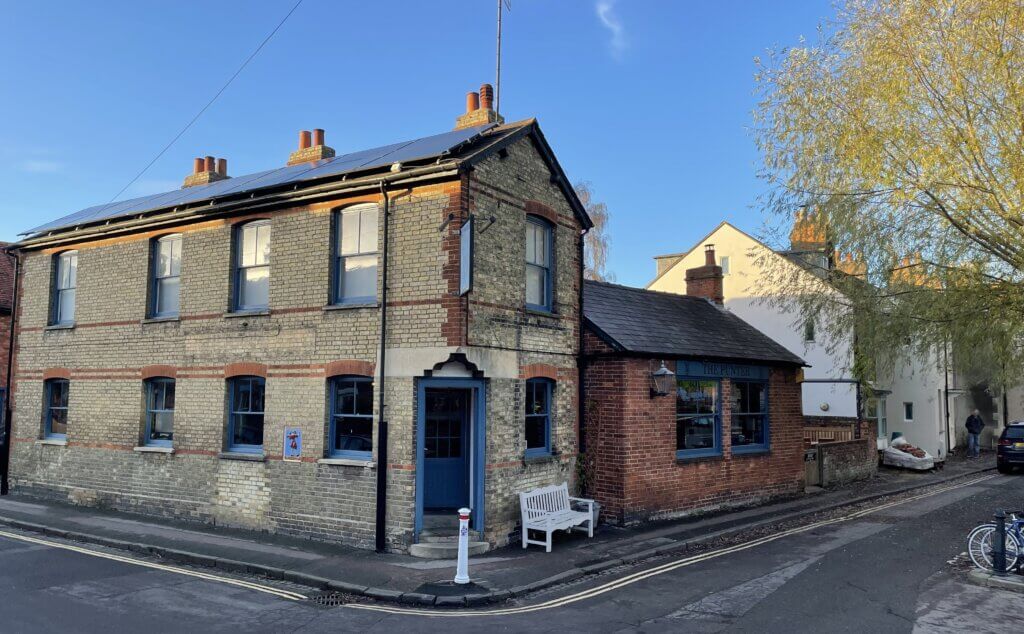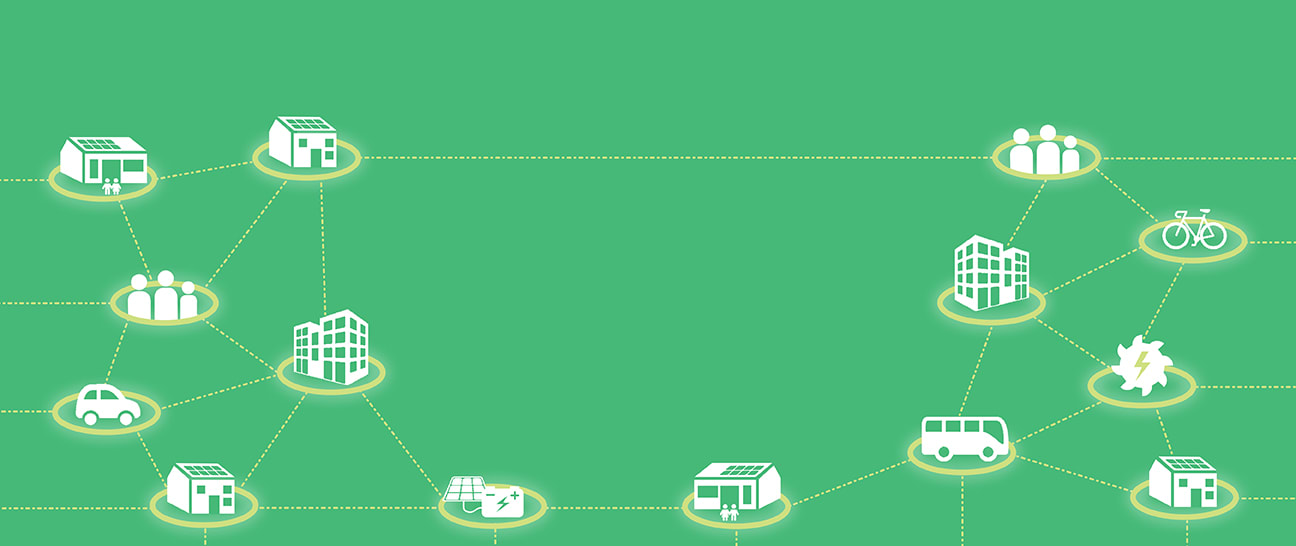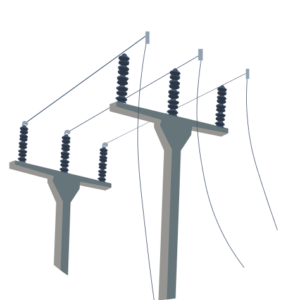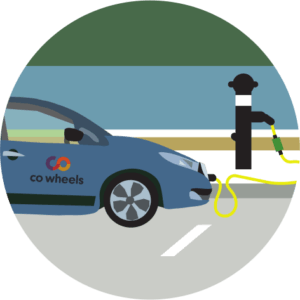6: The Punter

Businesses such as pubs and cafes are good candidates for solar panels as they have high daytime electricity usage. This means that there is good alignment between the time the panels are generating, and the building’s energy needs.
Low Carbon Hub installed a 5.2 kWp solar panel system on the roof of The Punter Pub as part of Osney Supercharge. The project also looked at the value of installing batteries alongside the PV array; however the perfect alignment of energy generation and daytime usage meant that all the electricity generated was being used, without the need for batteries. This demonstrates the effectiveness of tailored on-site solar PV solutions and the importance of analysing consumption patterns to optimise renewable energy systems for specific buildings.
Connecting new equipment like heat pumps and EV chargers to the grid requires applying for a grid connection from the Distribution Network Operator (DNO). Approval is contingent on the capacity of the local infrastructure, including the secondary substation and feeders. This process ensures that the grid can effectively support the additional load introduced by new installations, maintaining a reliable and stable supply of electricity to the connected buildings and devices.
Through our work in Project LEO, and others such as the CREDS programme we conclude:
- If we are to meet the UK’s legally binding carbon targets, we will need to move to an energy system primarily supplied by renewable electricity.
- This means that the major sectors of heat and transport, currently supplied by fossil fuels, will need to transition, largely to heat pumps and electric vehicles.
- The place where this enormous change will happen in on the low voltage network, right at the grid edge where the electricity system meets each household and each business.
- The change will require a doubling of electricity supply, but each household and business will be using half the energy they currently do because electricity delivers the work so much more efficiently than gas or oil.
- But, even if we could afford it financially, we do not have the time to double the capacity of the distribution network to cope with both a doubling of demand and a much more decentralized renewable electricity supply.
- So we must work with every household and business at the grid edge to reduce their demand as much as possible by combining energy efficiency, generation and storage technologies behind their meter and to move their demand away from peak times. This change could halve the energy demand of each customer.
- And we must help customers at the grid edge to work together, or trade between themselves and with local renewable energy generators, to balance use behind the secondary substation as far as possible and, again, to move it away from peak times.
We believe that ‘hyperlocal’ approaches such as that explored in Osney Supercharge will help achieve a much more efficient and cost-effective transition.
Reflective questions:
- Does your local pub have solar panels?
- Can you think of any buildings around you that have been retrofitted?
Resources and reports:
Learnings from the Smart and Fair Neighbourhood trials sets out our key findings and describes what we would like to do next to unlock the potential of the grid edge to accelerate the transition toa zero carbon energy system.
Our earlier Community of MPANs Report introduces the concept of communities working collectively at the grid edge which underpinned our Smart & Fair Neighbour trials.
And hear Simon, a participant in the Osney Supercharge project reflect on the project in this short video.









